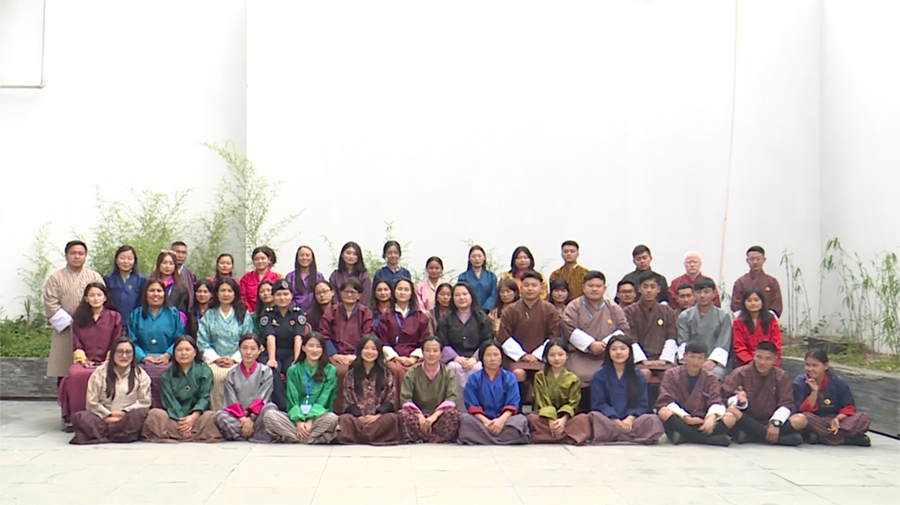
The lack of infrastructure, sign language services, and information in public buildings hinders people with disabilities from accessing public services. Participants shared this issue during a day-long advocacy event on Empowering Service Providers for Inclusive Service Delivery, organised by the Bhutan Centre for Media and Democracy yesterday.
The service providers in the country learned about the needs of vulnerable children, women and youth, people with disabilities, and parents and caregivers of children with neuro-developmental disorders.
Over 60 participants from CSOs, relevant government agencies, law enforcement, corporations, and financial institutions attended the event.
“The workshop was organised to co-develop policy recommendations to bring about positive changes in the lives of vulnerable groups. Among the many recommendations put forward by the participants, a common concern that emerged was access to information and services for the vulnerable group,” said Phuntsho Choden, programme officer at Bhutan Centre for Media and Democracy.
During the advocacy event, the Disabled People’s Organisation of Bhutan recommended regular audits of public buildings to address accessibility issues.
They also suggested ensuring new buildings and renovations include ramps, elevators, and accessible toilets, and that public information be available in accessible formats like braille, large print, and audio.
“With this programme, I hope that the ministries, agencies, organisations, institutions, and other relevant community service-providing offices will include and install the facilities and programmes required for persons with disabilities,” said Dorji Phuntsho, IT & Communication Officer of Disabled People’s Organisation of Bhutan.
“Many people with physical disabilities are as intellectually competent as those without disabilities. However, the challenge they face is accessibility to infrastructure,” said Tshering Dolkar, SEN Educator of Wangsel Institute for the Deaf.
At the event, the Bank of Bhutan shared that it has taken various initiatives to make its infrastructure and services inclusive for vulnerable groups.
“We also have dedicated washroom facilities for persons with disabilities at the corporate head office. We also have the mBoB app audio notification, where real-time notifications or feedback are given on a real-time basis. We also have a bilingual set-up in mBoB and websites. We also have braille numberings in our lifts and ATMs,” said Chador Tenzin from Product Innovation and Customer Experience in BOB.
According to the 2017 Population and Housing Census report, there are over 15,000 persons with disabilities in the country.
Among them, over 6,000 are between six and 18 years of age, with only 15 per cent attending school.
Karma Wangdi
Edited by Sherub Dorji








